The city of Paris organized the 6th edition of the Car-Free Day throughout its territory, excluding the ring road.
How it works?
On September 27, between 11 a.m. and 6 p.m., Parisians and visitors left their vehicles for non-polluting means of transport. Public transport, walking, bicycles, rollerblades, skateboards or scooters were used in the streets of the capital.
To facilitate the operation, many car parks in the capital (Indigo, SAEMES) have offered advantageous rates (-30 to -40% reduction). The “Paris Respire” districts have reinforced the system and barriers.
The affected areas
The operation concerned the whole of Paris, the center of the capital (1st, 2nd, 3rd and 4th), the Champs Elysées and the “Paris breathes” districts. This year, the system has 3 new sectors: Brèche aux loups (12th), Poterne des Peupliers (13th) and Solidarity (19th)
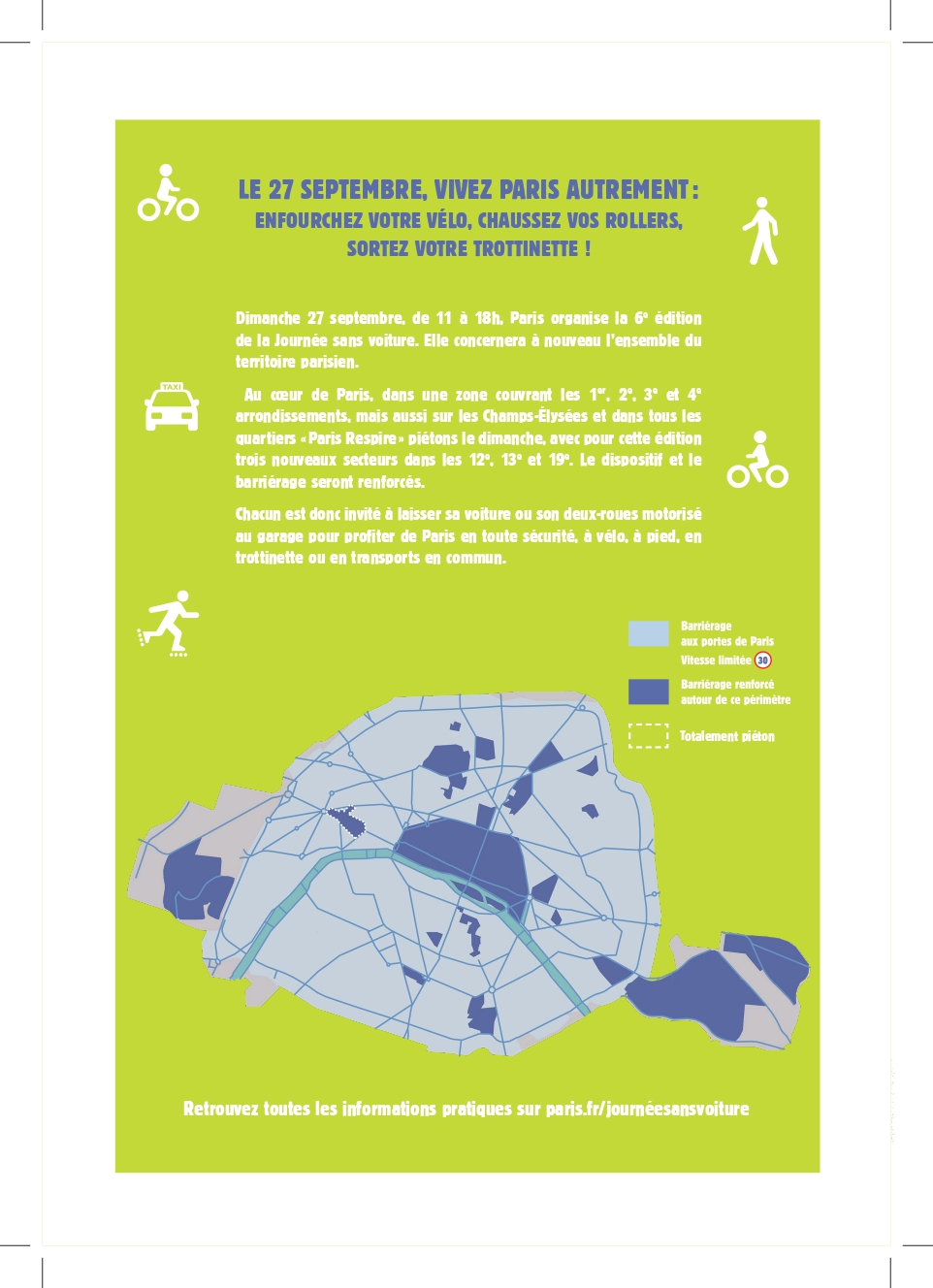
Authorized vehicles and speed
Thus, in the whole area, no motorized vehicle was able to circulate in intramural Paris, two-wheelers and electric vehicles included. Any infraction resulted in a 4th class fine (135 €).
In all the perimeters, only buses, emergency vehicles and taxis circulated, with a maximum authorized speed of 20 km / h. But in the rest of the area, buses, emergency vehicles, taxis and VTCs were allowed, with a maximum speed of 30 km / h.
Parisians returning home had to present proof of address as soon as they entered Paris. Professionals (plumber, locksmith, delivery men.) Who could justify an urgent intervention could circulate in the perimeters as well as the home care staff (ambulance, doctors, nurses …).
Also, disabled people with a disabled parking card (Inclusion Mobility Card – Parking mention or European Parking Card for disabled people) could travel in their vehicle.
No exceptions were accepted apart from the cases cited.
For proper operation, 500 agents were at the gates of Paris, 250 in the “Paris breathes” zones. 60 mediators provided information to users.
In addition, the driving ban also applied to electric vehicles (2 and 4 wheels). First of all, this day aims to demonstrate a drop in pollution. This is a way of explaining that it is possible to replace motorized trips (50% against 13%) by non-polluting individual means).
Why a day without a car?
Car Free Day was born to close the city to cars and restore urban space to pedestrians, cyclists and public transport.
Historical
The first day without a car dates back to 1956. It dates from the Suez crisis when some countries decided on measures to save fuel. Belgium, the Netherlands and Switzerland decreed car-free Sundays between November 1956 and January 1957. These operations were repeated in 1973 during the oil crisis.
In 1996, Iceland organized a car-free day to encourage residents to move towards cleaner and less energy-consuming mobility. The same year, this day is set for September 16 at European level. From 2002, it is officially part of the European Mobility Week.
In France, La Rochelle was in 1997 the first city to open its city center to pedestrians and soft mobility. In 1998 the initiative was launched at European level in Mobility Week which has its own theme each year.
European Mobility Week is used to encourage the greatest number of people to adopt a sustainable eco-citizen approach by favoring soft and alternative journeys to private cars: public transport, carpooling, car-sharing, cycling …
Each year, a theme is chosen for all the participating European countries. Prizes are also awarded for innovative initiatives and practices.
We set September 22 as the car-free day.
In France
Although contested by traders, the initiative “In town without my car” in 1998 was appreciated by the French. They demanded the renewal as well as its extension to all cities. This operation showed a reduction of 50% of noise and 40 to 50% of pollution.
Cycling collectives want to revive this event by organizing events every September 22 in several large cities in France. In Paris, in 2006, 60 cyclists were arrested by the police; in 2014, 150 cyclists peacefully descending the avenue des Champs-Élysées were surrounded and immobilized by dozens of CRS.
In March 2015, Anne Hidalgo announced the organization of a car-free day in Paris for Sunday September 27, 2015. Since May 2016, this initiative has been carried out every first Sunday of the month on the avenue des Champs-Élysées.
Participation in Europe
In 2002, September 22 brought together 1,353 cities from 37 European countries and 4 Canadian cities.
In 2003, a thousand cities in Europe answered the call. Buenos Aires, Montreal, Taipei and a dozen cities in Brazil are participating.
In 2004, nearly 1,500 towns in around 40 countries took action, including 450 in Spain.
In 2005, Car-Free Day concerns 1,452 cities around the world and a good hundred million city dwellers (70 million in Europe).
In 2006, on Wednesday September 22, 1,279 cities officially registered in around 40 countries. Registrations are dropping in France and Belgium, but new countries are added: Bulgaria, Croatia, the former Yugoslav Republic of Macedonia, Serbia and Romania.
In 2007, the car-free day seemed to be replaced in France by a day to promote the use of public transport (ticket valid all day at 1 €). The city of La Rochelle alone decides to make the day without cars on October 5, 2007, two weeks after the week of mobility.
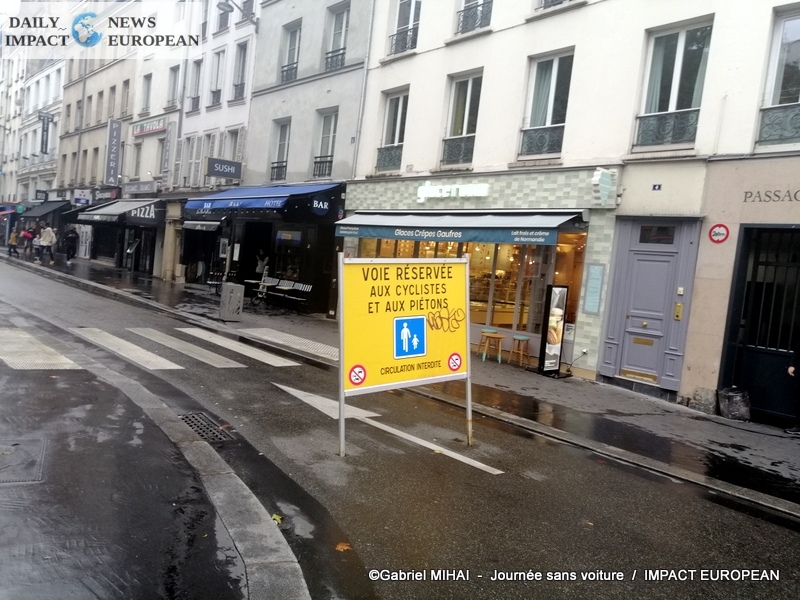

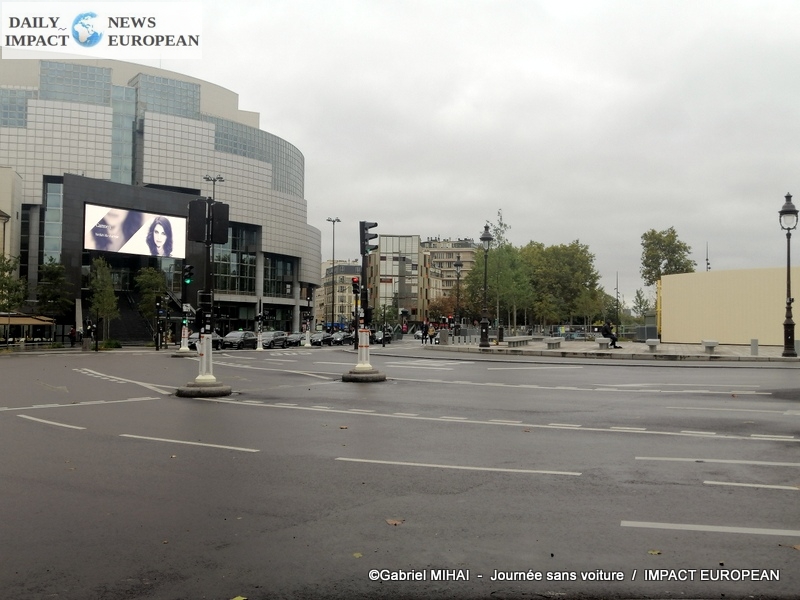


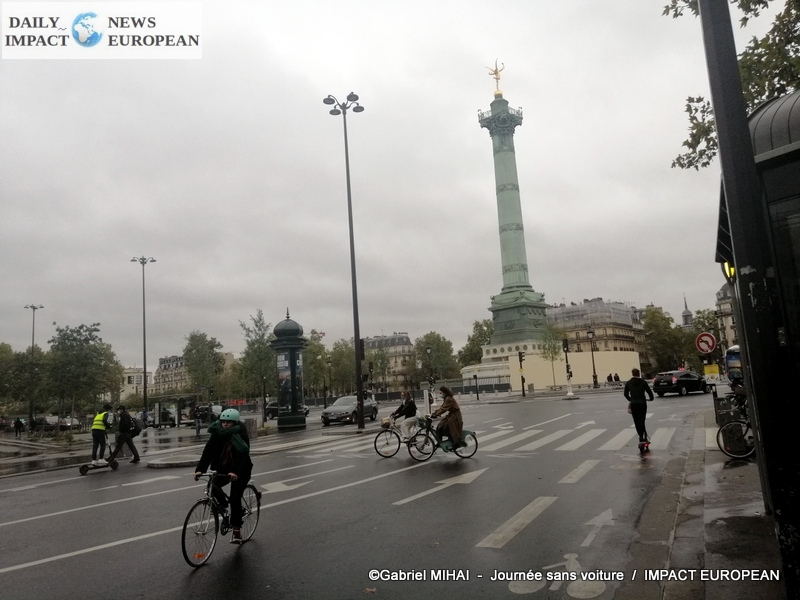
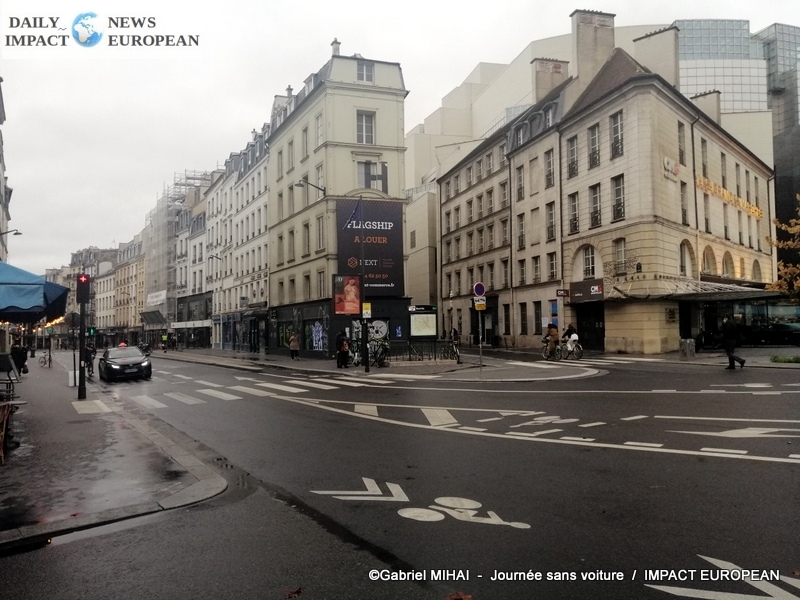
More Stories
METAL D’ALCOVE, the workshop of Eric KATZ, lighting sculptor in Montmartre
Paris Marathon 2024: Victory for Ethiopians at the Paris marathon
Gelsomina